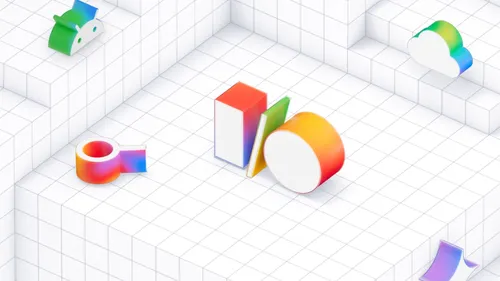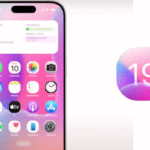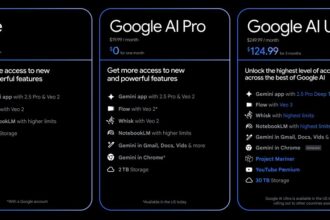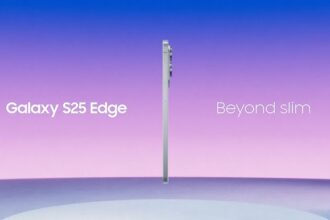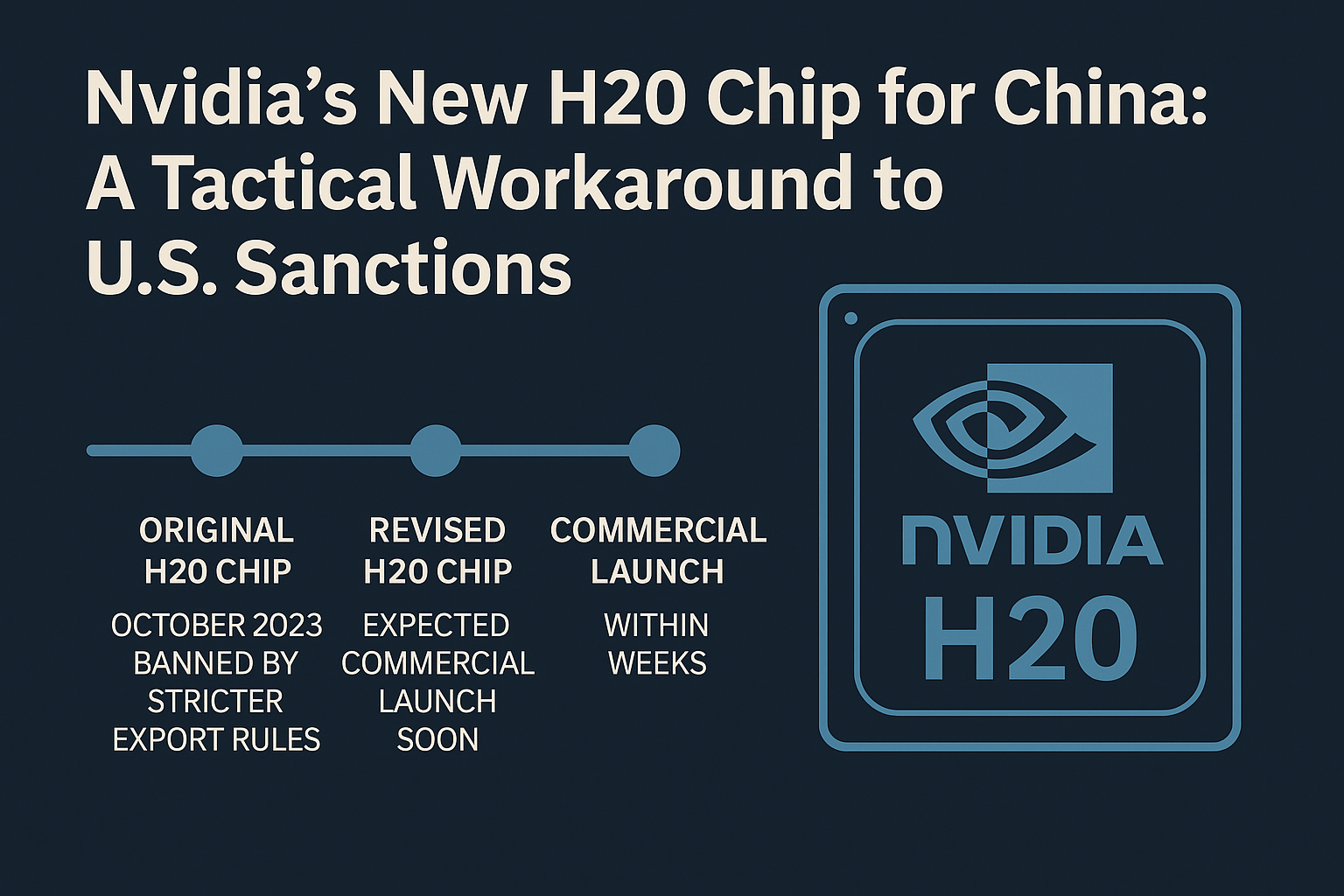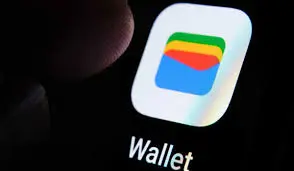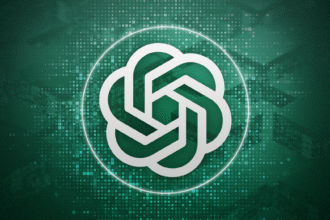At Google I/O 2025, there were no phones. No foldables. Not even a whisper about Pixel hardware. Instead, the entire spotlight fell squarely on Gemini, Google’s now-multimodal AI stack that has quietly but unmistakably become the company’s next operating system—one that spans search, Android, Workspace, Chrome, and even music, film, and code.
If 2023 and 2024 were about proving AI could understand and generate, 2025 is about what AI can actually do.
Google wants Gemini to not just assist you—it wants Gemini to act on your behalf, think in context, create with you, and seamlessly exist across everything you touch.
Here’s a recap of the major announcements—and what they mean for the future of AI-native computing.
Gemini 2.5 Pro: 1 Million Tokens and a Real Memory
Google opened the keynote by reaffirming its AI-first strategy and showcasing how Gemini is rapidly evolving into a dynamic, multimodal assistant.
Gemini 2.5 Pro, the company’s most advanced model yet, is now available to all users in Gemini Advanced across 35 languages and 200+ countries.
Gemini 2.5 Pro features:
- An extensive context window of up to 1 million tokens, letting users upload entire books, codebases, videos, and datasets to analyze in a single session.
- Improved understanding of images, audio, and video, allowing seamless multimodal interactions.
- Deep integration with Google products like Gmail, Docs, Sheets, Slides, and Calendar through the new “Ask Gemini” feature.
You can upload an entire 1,500-page textbook, a full semester’s worth of lecture notes, and Gemini will not only process it—it will help you study for your exam.
Google is also rolling out Gemini Live, a new real-time voice mode with natural conversation pacing, interruptions, and on-screen reasoning. Think of it as a smarter, faster, more human Google Assistant.
READ ALSO: Google I/O Day 1: Project Astra, Gemini 2.5, and That $250 Ultra Plan
Gemini Live: Real-Time, Real Voice, Real Assistant
Forget the robotic Assistant of the past. Gemini Live is a full-duplex, real-time voice experience that supports natural interruptions, context switching, and on-screen references.
In a live demo, Gemini listened to a user describe a Paris trip, summarized travel times, cross-referenced restaurant reviews, and even adjusted the tone of a group chat invite—all while speaking fluidly and responding instantly.
This isn’t just voice search. It’s a conversational interface layer that could replace traditional app navigation for many users.
Agent Mode: Autonomous Task Execution Is Coming
One of the most forward-looking reveals was Agent Mode, launching later this year. Think of it as Gemini moving from co-pilot to operator. Rather than simply answering questions or offering drafts, Gemini will:
- Infer intent from natural language
- Decompose tasks into executable steps
- Coordinate across apps (Gmail, Docs, Calendar, Drive)
- Take action on your behalf (e.g., book flights, file reimbursements, manage follow-ups)
It’s Google’s entry into the AI agents race, and one that leverages its deep integration across consumer and enterprise ecosystems. Done right, it could make operating systems feel ambient and invisible.
Gemini in Workspace: Your Data, Contextually Activated
“Ask Gemini” is now natively available across Google Workspace, surfacing as a right-side assistant that actually understands your documents, emails, and spreadsheets—not just generically, but in real-time, with source attribution.
Use cases shown:
- Summarize a 20-email thread and suggest replies
- Draft slides based on a report in Docs
- Fill out the Sheets with data drawn from other connected files
Gemini even supports drag-and-drop reference materials (PDFs, charts, notes), allowing contextual Q&A across your working set.
Bottom line: Gemini in Workspace is a cross-file memory layer—something Microsoft’s Copilot is also targeting, but Google is betting big on by making it frictionless and default.
Gemini Nano and Gboard: On-Device, Always-On AI
At the OS level, Gemini Nano—Google’s smallest model—now powers Gboard’s smart compose, auto-correction, tone rewrites, and summarization features, all on-device, with zero cloud dependency.
In Chrome, Nano powers AI-enhanced writing tools that suggest, complete, and even critique your emails and blog posts.
This local AI runs on-device with no server calls, underscoring Google’s growing emphasis on privacy-preserving intelligence.
Imagen 4: Design-Aware, Typography-Literate Text-to-Image
Google’s latest diffusion model, Imagen 4, is quietly becoming one of the most precise text-to-image systems available.
Not only can it render photorealistic imagery with accurate anatomy and lighting, but it also understands typography, layout, and design language.
In one demo, it generated a music festival poster with:
- Properly styled headline fonts
- Character-based lettering (e.g., chrome dino bones)
- Balanced visual layout with aesthetic color theory
This positions Imagen 4 not just as a generator, but as a visual design assistant capable of collaborating with professionals. It’s available via the Gemini app and as part of ImageFX, Google’s creative playground.
Veo 3: AI Video, Now With Sound and Soul
If there was a jaw-dropping moment, it belonged to Veo 3. While OpenAI’s Sora stunned the internet earlier this year with AI-generated video, Veo takes it a step further:
- Generates coherent video up to 60 seconds
- Adds native audio, including synchronized dialogue, music, and SFX
- Supports narrative flow with scene transitions, emotion, and composition
Veo was used in a short film by Eliza McNitt (ANCESTRA), blending live action and AI-generated sequences. The result wasn’t a gimmick—it was cinematically credible.
Expect Veo to land in VideoFX for trusted creators soon, with broader release by year’s end.
Lyria 2 and Music AI Sandbox: Sound as a First-Class Medium
Google also pushed deeper into generative audio with Lyria 2, its next-gen music model capable of:
- High-fidelity tracks across genres
- Expressive instruments and vocal layering
- Multi-track output for professional DAWs
Combined with Music AI Sandbox, it offers musicians tools for melody generation, lyric rewrites, and compositional experimentation. Early partners like Shankar Mahadevan and Marc Rebillet are already building full tracks with it.
This positions Google as a real competitor to OpenAI’s Jukebox and Meta’s MusicGen, but with deeper studio integration and user control.
Flow: The Fusion of Gemini, Imagen, Veo, and Lyria
Perhaps the most ambitious product was Flow—a creative studio that fuses Google’s entire generative stack:
- Imagen for scenes and props
- Veo for storytelling and motion
- Lyria for sound and score
- Gemini for narrative guidance and shot planning
It’s not just a prompt box—it’s a visual timeline editor, a camera director, and a creative partner.
In Flow, users can:
- Generate consistent characters across scenes
- Control shot framing and camera angles
- Mix audio, narration, and ambiance
- Export to professional editing tools
It’s not Final Cut, yet. But it’s AI-native storytelling at scale, and it may be what finally turns text prompts into compelling short films.
SynthID: Traceability as a Baseline
Finally, Google reaffirmed its AI responsibility posture. Its SynthID watermarking system now supports: Images, Audio, Video, and Text.
With 10 billion+ watermarked assets and a new SynthID Detector rolling out, Google is pushing for industry-standard provenance tooling, a critical step as synthetic content gets harder to distinguish.
Google I/O 2025 wasn’t about AI accessories. It was about repositioning AI as the platform itself—the logic layer, the creative engine, the interface, and the user agent.
Gemini isn’t a chatbot. Veo isn’t a toy. Flow isn’t a gimmick. Together, they’re shaping a new class of interaction: software that understands, generates, and acts with intent.
If you look closely, you can already see it: an operating system that doesn’t run on apps, but on intelligence.

